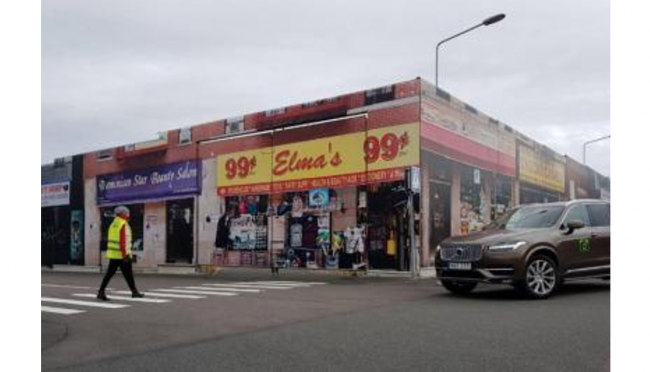HMI for autonomous vehicles in traffic (Hatric)
Project A-0025 within SAFER's Open Research at AstaZero Program connected to the correspondent FFI project.
Previous studies indicate that the 'movement patterns' of an autonomous vehicle could affect the extent to which users are ready to trust autonomous vehicles and are willing to adopt autonomous driving. The purpose of the study is to investigate how the movement patterns or "driver behaviour" characteristics of autonomous cars affect drivers'/users' understanding, trust and acceptance of autonomous driving in different but typical traffic situations. The goal is to find out which specific vehicle characteristics affect users' understanding, trust and acceptance as well as their overall experience of an autonomous vehicle.
The expected results include further knowledge on how to design the interaction (in a wider sense) between driver and autonomous vehicle, and how different driver behaviour characteristics influence drivers' understanding, trust and acceptance of autonomous vehicles and autonomous driving. The project will add further to the existing scientific knowledge at Chalmers and Volvo Cars on the prerequisites for automation of private vehicles, on driver-AD-interaction, as well as aid developers in the design of AD vehicles.
The tests include 16-20 non-professional drivers who will drive (use) a Wizard-of-Oz car, i.e. a car driven by a person acting the AD system. The participants will experience two distinctly different behaviours in relation to specific traffic situation including (i) an intersection, (ii) overtaking another car, (iii) overtaking a bicycle, and (iv) a pedestrian crossing. The tests will run according to a within-subject design, i.e. all participants will experience both behaviours according to a pre-defined plan. Data will be collected by means of equipment in the car, i.e. cameras (facing forward and user's face / hands / feet) and recordings of sound to collect user's comments/think aloud. Users' emotional responses to the different traffic situations will be registered. Additional instruments will collect information on user's experience of the car's behaviours in the different traffic situations, as well as user's trust and acceptance. In-depth interviews will also be performed.

